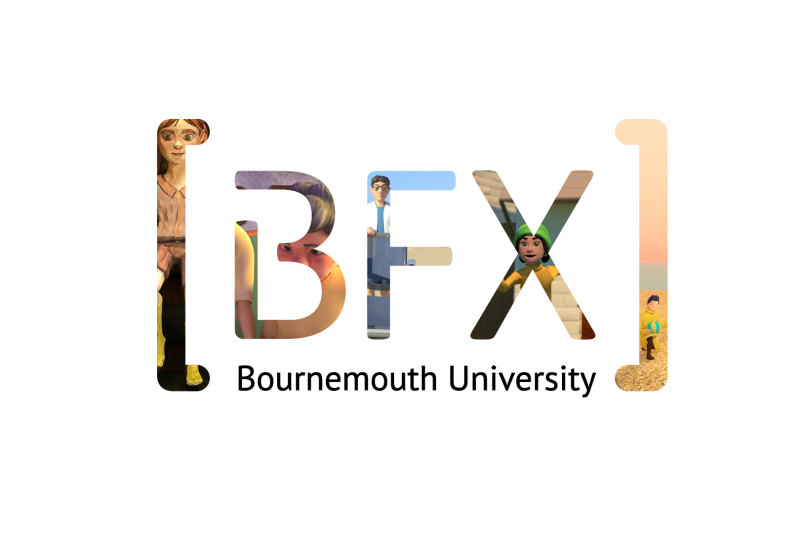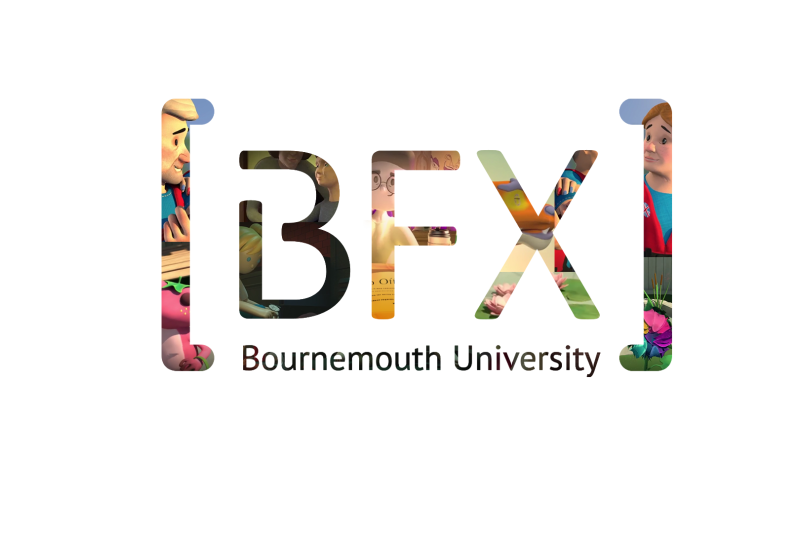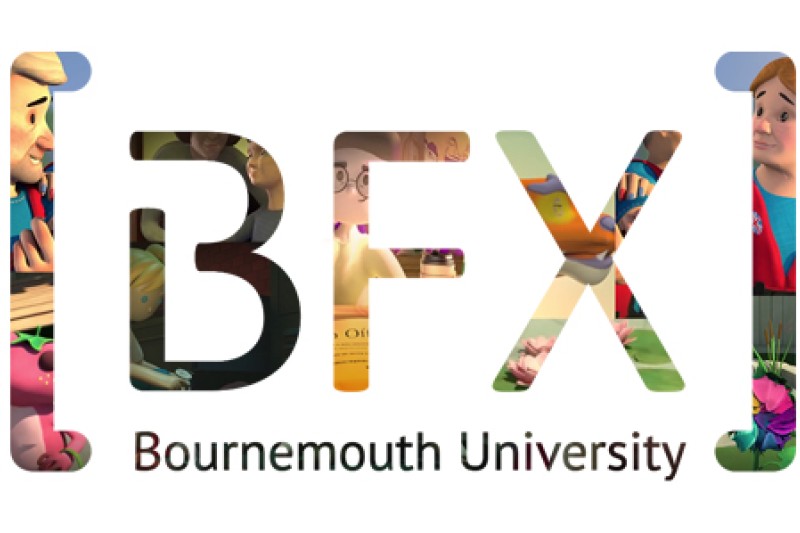Geometric modelling, image processing, and shape reconstruction advancements have significant design and manufacturing applications in sectors such as health, security and entertainment. However, there are currently problems in these three areas, such as heavy manual operations in geometric modelling, incapacity in image processing, and lack of continuity and differentiability in shape reconstruction. These existing problems seriously affect quality, capacity and efficiency.
Partial differential equation (PDE) techniques offer effective solutions to these problems. However, current PDE-based modelling cannot achieve both powerful capacity and high performance. PDE-based image processing suffers from expensive costs and local minimisation, and PDE-based shape reconstruction has not yet been developed.

The objective
Project PDE-GIR, led by Bournemouth University, is developing partial differential equation (PDE) techniques to improve geometric modelling, image processing, and shape reconstruction (GIR). Working in collaboration with six universities around the world and one EU company, the PDE-GIR project will be facilitating knowledge exchange across academia and within industry.
The techniques which this consortium of leading experts produce will be applied in academic and non-academic sectors, and also integrated into commercial services and products which promote this advancement in technological innovation.
The PDE-GIR project aims to create four work packages to tackle problems with current PDE-based modelling, aiming to innovate a new modelling method.
The research
The first work package ‘PaMod’ will develop new PDE-based modelling techniques to obtain powerful capacity and high computational performance. The second work package ‘VaMod’ will develop new variational methods to improve efficiency and quality. Thirdly, the ‘ShaRecons’ work package will combine new PDE-based modelling with variational models to solve the problems of continuity, differentiability, and big data. Finally, work package ‘M&D’ is designed to efficiently manage the project, disseminate research output, and promote the applications of the developed techniques.
Knowledge exchange
A number of secondments have already taken place to help facilitate knowledge exchange and transfer. In December 2018, post-doc researcher and project assistant Dr Ehtzaz Chaudhry completed a one-month secondment at VIG-Robotics research group in COMSATS University Islamabad, Lahore, Pakistan.
Dr Chaudhry says: “This secondment has built a long-term relationship with the participating partners and shared research knowledge between BU and COMSATS University.”
Most recently, BU PhD student Ouwen Li, completed her seven-month secondment at project PDE-GIR’s industry partner, Indeform Ltd (IDF). Indeform is an award-winning digital graphics, visual technologies and product development company. The company, based in Kaunas, Lithuania, provides image processing, 3D visualisations and digital graphics and animations.
During Ouwen’s secondment with IDF, she developed new character modelling techniques by building rough character models at high speeds with geometric primitives such as cylinders. By converting a partial differential equation into an ordinary differential equation, the new technique is able to deform primitives into required shapes, creating local 3D details to obtain detailed character models efficiently.
Further project PDE-GIR secondments of researchers between BU and other partners have been planned to enhance academic and industrial exchanges while promoting the industry applications of new PDE techniques in geometric modelling, image processing and shape reconstruction.


